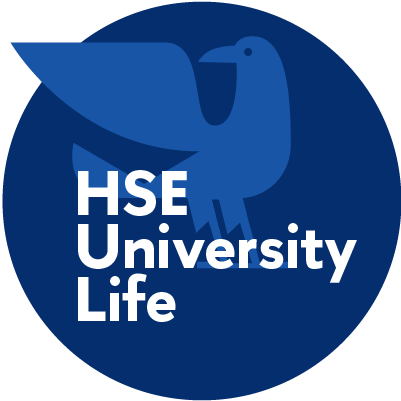- A
- A
- A
- ABC
- ABC
- ABC
- А
- А
- А
- А
- А
Journal Club at the Centre for Cognition and Decision Making

Making It Happen
The Journal Club was initiated by the supervisors at the Centre for Cognition and Decision Making. The idea was to meet regularly and discuss recent groundbreaking papers on the subject of cognitive neruoscience which had been published in scientific journals. So there are about 10 – 15 people who meet every Wednesday, including PhD students and supervisors. Additionally, we are also actively engaging master’s students. At each meeting one speaker briefly presents a paper published recently in a peer-reviewed journal and then the paper is discussed and criticized by the participants.
Journals and Papers
We aim to discuss fresh papers from high ranked journals, where the contents have a strong relevance for everybody involved. Yet, both in psychology and other branches of science it often is the case that a journal that is not considered to be the leading one in the field still features articles that analyze a good collection of data. This is why we pay attention not only to the top journals in our field but try more or less to monitor everything that is published on Cognitive Neuroscience. Sometimes it is not an easy task to pick a paper for the meeting as our group is strongly multidisciplinary (with a strong component of biologists and psychologists) and the paper that is being presented needs to be relevant for everybody at the meeting. We are also careful to not exclude participants from other disciplines. For example, we recently had a speaker from the Faculty of Mathematics and she discussed a paper on genetics. There is also close collaboration with economists, as we discuss neuroeconomics a lot.
Finding Something In Common
When we have our meetings with economists we choose fields where our interests intersect and try to discuss results that are relevant for all of us. For example, at the moment I am very interested in identity economics, which tries to explain how economic choices are made based on your identity. For example, why people donate to charity: to be perceived by society as a good person, to be perceived by themselves as a good person or is it pure altruism? This is a very hot topic now in neuroeconomics. In this case working in tandem is very beneficial – you excel in your area and you integrate this knowledge with the knowledge of an expert from another field. Since two heads are better than one, this is probably the best approach you can use to find a satisfying solution.
Why Participating?
I can name at least three things that a participant of our club benefits from: first, our meetings facilitate the review of specific research studies and allow you to be updated about the latest research trends in cognitive neuroscience. Second, one learns to critique and appraise research. And third, you exchange ideas with your colleagues and students during the discussions.

